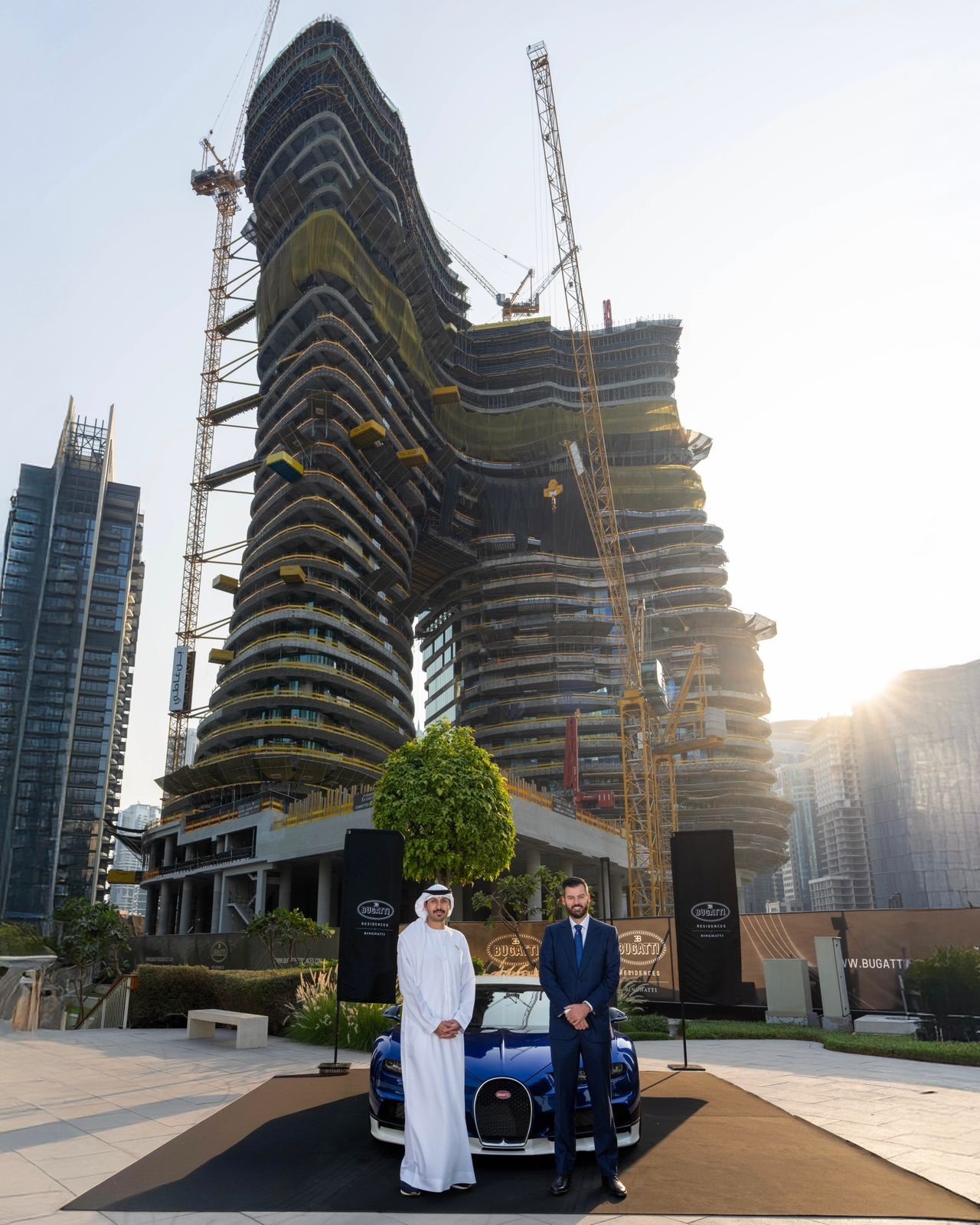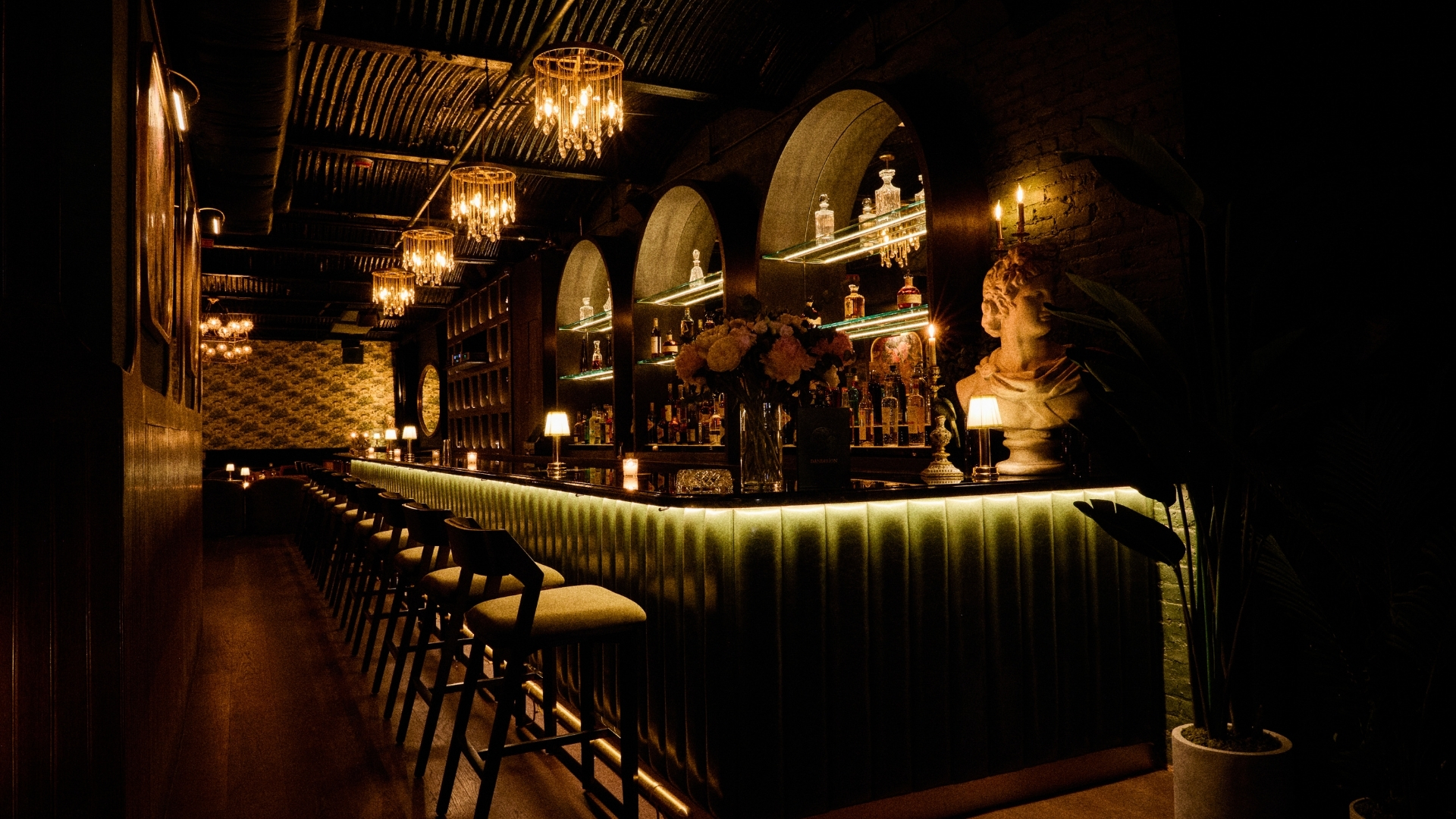The Art of Hospitality
To evaluate the true evolution of a city, one should start with the evolution of the hospitality options. Take, as a prime example, Miami Beach—South Beach to be exact. The young city was not even accessible by the masses just 100 years ago; Carl Fisher completed his bridge to the island in 1915, which is the same year that the city was officially incorporated. What followed was a slew of beachy retreats that embodied the seaside perch. Sophisticated? No. Kitschy? Yes.
As the city grew to become a hub for the Rat Pack and their notorious glory days of debauchery, colossal hotels like the Fontainebleau opened to accommodate the elite crowd. But as the beach’s reputation deteriorated, thanks in large part to the prevalence of crime that followed the Mariel Boatlift, the hospitality offerings declined as well. Then came Tony Goldman, who opened Park Central and began Miami Beach’s famed revitalization. The fashion industry followed the glowing sun and the promise of glitzy possibility, prompting Ian Schrager to team up with Aby Rosen and open the Delano, which gave the model-laden population a place as chic as they were to rest their heads after reveling in the lobby bars until the wee hours. Imitators popped up in its wake, each trying to be somehow hipper than the last.
Yes, our city’s teenage years were inexplicably cool. But as time stands still for no city, the pivotal turning point in the maturation of Miami Beach into adulthood was the arrival of Art Basel in 2002. Suddenly the town was on the radars of culture-lovers throughout the world, gaining a prestigious reputation for something other than skin, sun, and a thriving nightlife. And so the hospitality offerings once again evolved with the changing landscape, albeit with seemingly split personalities. Consider the contradicting atmospheres at the Setai and the Mondrian for example; both breathtakingly beautiful in design, the Setai is startlingly serene, while the Mondrian showcases modernist, otherworldly designs and a jumping scene.
Aby Rosen and David Edelstein promptly answered the call for the new sophisticated style that Miami Beach demanded as it matured. With Art Basel entering its eighth year, the landscape of the region has exploded, welcoming an abundance of culture. The opening of the Adrienne Arsht Center, a flurry of satellite art fairs, a stunning new home for the New World Symphony designed by legendary architect Frank Gehry, world-class exhibits being hosted by local galleries and museums, and a revitalization of the Wynwood Art District prove that Miami is well into our adult years of serious achievement and are insisting to be considered as a contender in the world of art and architecture.
Edelstein and Rosen’s new W South Beach, which opened in July 2009, is a manifestation of all of the characteristics of the current Miami Beach—it’s chic, sophisticated, buzzing, beachfront, and, perhaps most importantly, culturally relevant. “That was our goal,” explains Edelstein, principal of Tristar Capital, which owns the hotel. “Miami Beach, being as vibrant and important as it is, both from a tourist point of view and on a cultural scale, has been given a clean slate, and we thought it was important to build something that was world-class.”












